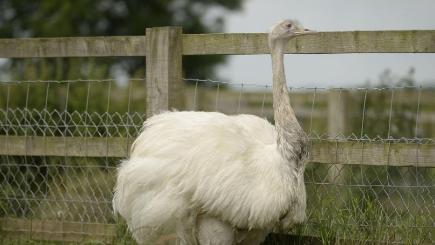A tranquil area of wetland and grassland on the south-eastern edge of Alloa has become RSPB Scotland’s newest nature reserve, and the charity’s first in Clackmannanshire.
 Black Devon Wetlands is a special place for birds and wildlife, such as snipe, short-eared owls, teals and black-headed gulls.
Black Devon Wetlands is a special place for birds and wildlife, such as snipe, short-eared owls, teals and black-headed gulls.
Work to improve the various habitats at the site has already started, with much more planned for the next few months. Visitors are also set to benefit from new paths, viewing areas and signage, and a series of events will be advertised in the near future.
RSPB Scotland’s Anne McCall, who’s the Regional Director for South and West Scotland, said: “We’re delighted to be taking on the management of the Black Devon Wetlands and we hope to transform it into a reserve that will not only help wildlife, but also provide local people with a great nature experience right on their doorstep.






